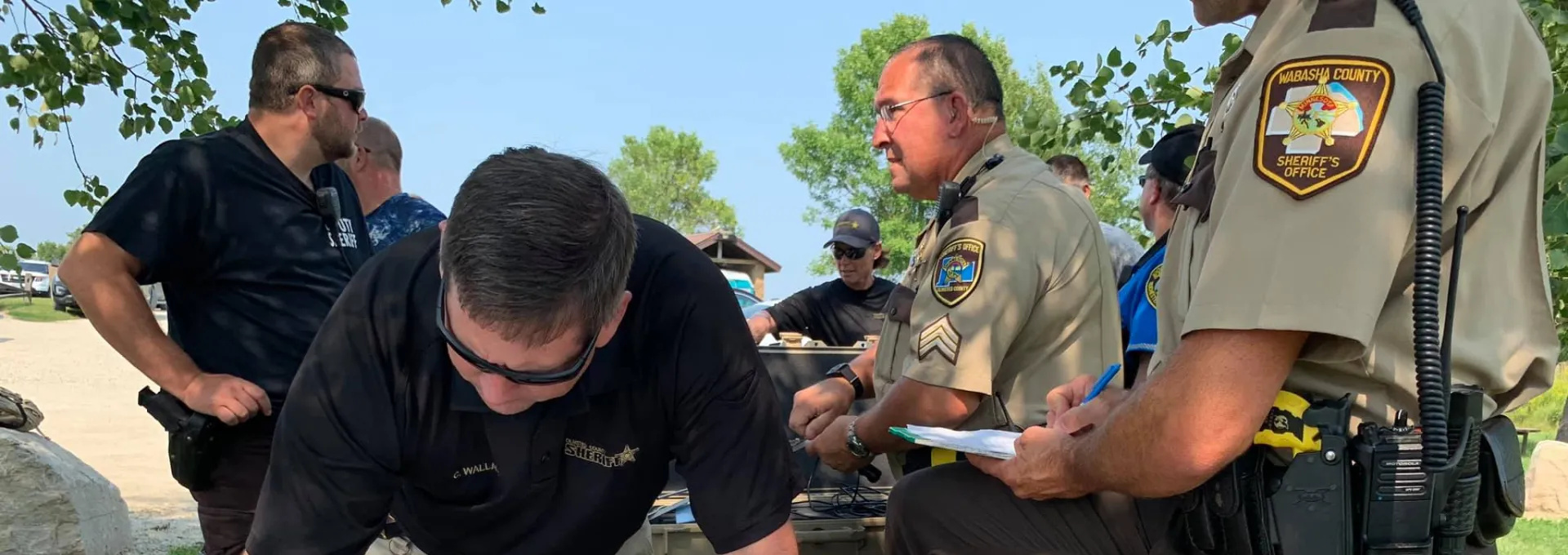Project Lifesaver
The Olmsted County Sheriff’s Office and Rochester Police Department have partnered with the RT Autism Awareness Foundation to bring Project Lifesaver to our community. The Olmsted County Sheriff’s Office brought Project Lifesaver to Olmsted County in April 2007 and serves as the hub for Southeastern Minnesota. Project Lifesaver International was founded in April 1999 and dedicates its service to protecting those that tend to wander or become lost. Clients on the program have a variety of disorders including Alzheimer’s, Down Syndrome, Autism, and traumatic brain injuries who are susceptible to life-threatening behaviors.
Project Lifesaver is inexpensive and gives peace of mind to families of those identified with a cognitive condition where no other steps can be taken to prevent wandering. Each client/family is assigned a deputy or officer to be their contact person while on the program. Each deputy or officer is responsible for all maintenance and battery changes of the transmitter. Transmitter batteries are changed every 50 days. Olmsted County averages more than 75 Project Lifesaver clients annually.
How Project Lifesaver Works
The technology behind Project Lifesaver is simple. A transmitter (about the size of a wristwatch) emits a signal specifically designated for each client. The client wears the transmitter, usually on their wrist or ankle. If the client bolts or becomes lost, as often found in Autism and Alzheimer’s cases, the client’s caregivers can call 911 to activate the Project Lifesaver Search Team. The Search Team consists of Deputies from the Olmsted County Sheriff’s Office and Officers from the Rochester Police Department who are professionally trained in the operation of Project Lifesaver search equipment along with search and rescue techniques.
Family/Caregiver Responsibilities
It is very important the family or caregiver checks the transmitter daily for a good battery signal. The assigned deputy of officer needs to be notified by the caregiver of any issues with the transmitter or if the transmitter has fallen off or become lost. It's also important to communicate any changes of address (home, school, etc.) to the assigned deputy or officer.
More Information
If you would like more information regarding Project Lifesaver or if you would like an application for Project Lifesaver, please visit www.rtaaf.org and follow the links in order to complete an application. Grant funding is available; please ask your Olmsted County Community Services advocate.

